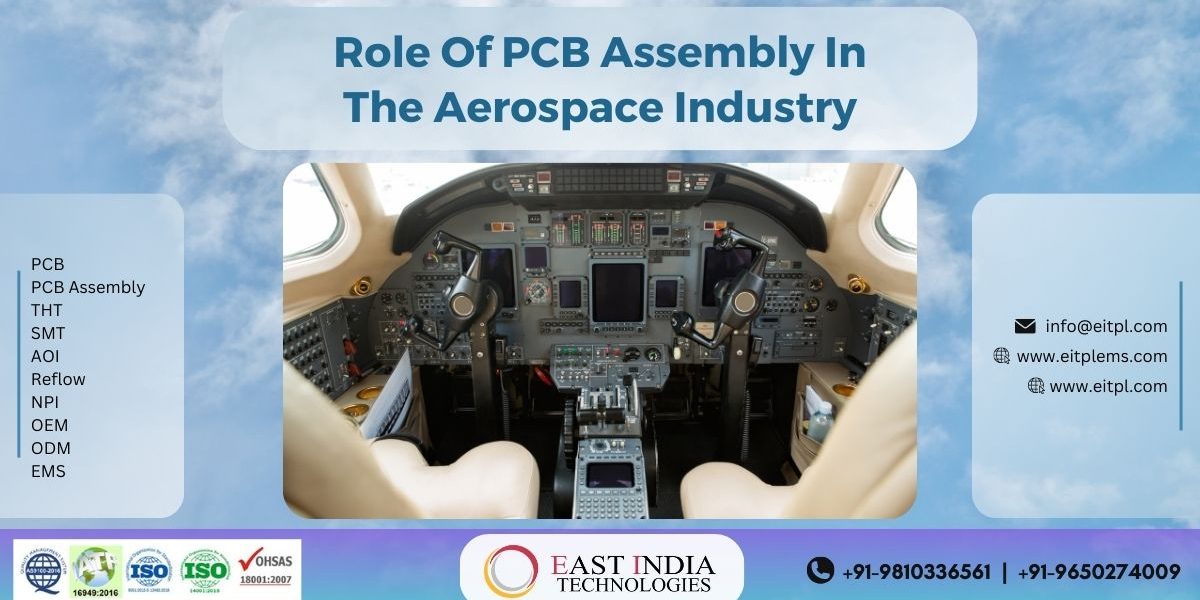Printed Circuit Board (PCB) assembly plays a crucial role in the aerospace industry, where precision, reliability, and safety is paramount. Modern airplanes, spacecraft, and satellites are built around these intricate electronic components, which allow communication, navigation, and control systems to operate without a hitch. This article will examine the critical function PCB assembly plays in the aerospace sector and how it affects the technology’s safety and effectiveness.
Precision Engineering:
The greatest levels of precision and accuracy are required for PCB assembly in aerospace industry. Aerospace electronics require their components to resist a variety of harsh environments, including temperature changes, radiation exposure, and high vibrations during takeoff and flight. Intricate designs and thorough soldering are required for PCB assembly in the aircraft industry to guarantee that the circuitry operates properly under these demanding circumstances. Precision engineering is a need in the aerospace industry to avoid any and every error that might have disastrous effects.
Redundancy and Reliability:
In aircraft technology, safety is of the utmost importance, and PCB assembly is essential to attaining this. Aerospace systems are designed with redundancy so that even if a single component fails, there will still be working backups. PCB assembly is integral to the design of these redundant systems, ensuring that they work seamlessly in case of any system failures. In order to reduce the chance of failure, stringent testing and quality control procedures are put in place throughout the PCB assembly process.
Miniaturization:
To increase fuel economy and cargo capacity, the aerospace industry works tirelessly to lighten the weight of airplanes and spacecraft. PCB assembly has developed to keep up with this trend by getting smaller & more lightweight than older systems. Electronics for the aircraft industry today frequently use smaller, more compact PCBs with a high component density. As a result of this miniaturization, weight and space may be used more effectively, improving the performance of aeronautical technology as a whole.
Advanced Materials:
Additionally, the construction of PCBs for the aerospace industry uses cutting-edge materials that can survive harsh circumstances. Electronic systems are often utilized in space or within the Earth’s atmosphere, and high-temperature laminates, specialized coatings, and radiation-hardened components are frequently employed to assure their durability and functioning. In the PCB assembly process, these components are carefully selected to provide the highest levels of performance and robustness.
Innovations in Communication and Navigation:
The aerospace industry is continuously evolving, with advancements in communication and navigation systems playing a pivotal role in improving safety and efficiency. Modern technology like satellite communication, GPS, radar systems, etc may be integrated into aircraft vehicles, thanks to the Printed Circuit Boards. These developments improve data collection, communication, and navigational capabilities, enabling safer and more accurate flight operations.
Conclusion:
In conclusion, PCB assembly is a crucial part of the aircraft sector, enabling breakthroughs in communication and navigation as well as precise engineering, redundancy, miniaturization, and innovative materials. These elements work together to improve the efficiency, safety, and effectiveness of aeronautical technology. PCB assembly will become more and more important as the aircraft sector develops & evolves, influencing the direction of travel and space research.
If you are looking for SMT, PCB assembly services, PCB Prototyping, OEM, ODM, EMS, etc, then reach out to us at info@eitpl.com . We are East India Technologies Pvt Ltd, a leading EMS company in India.








